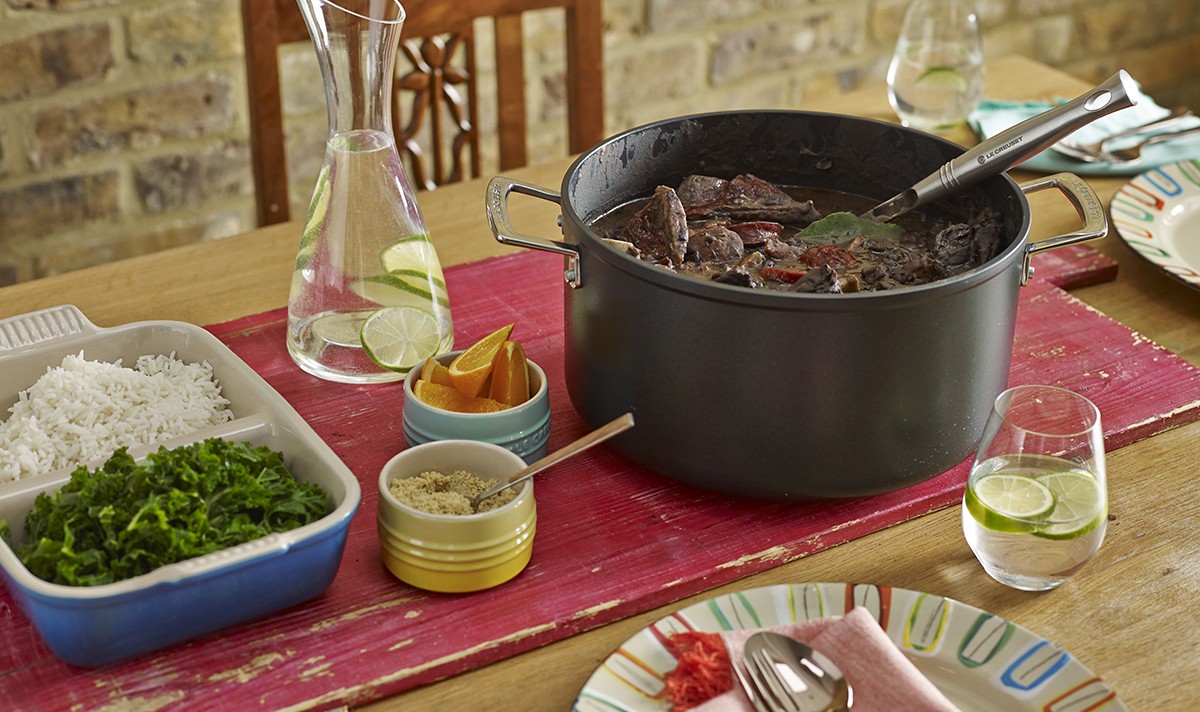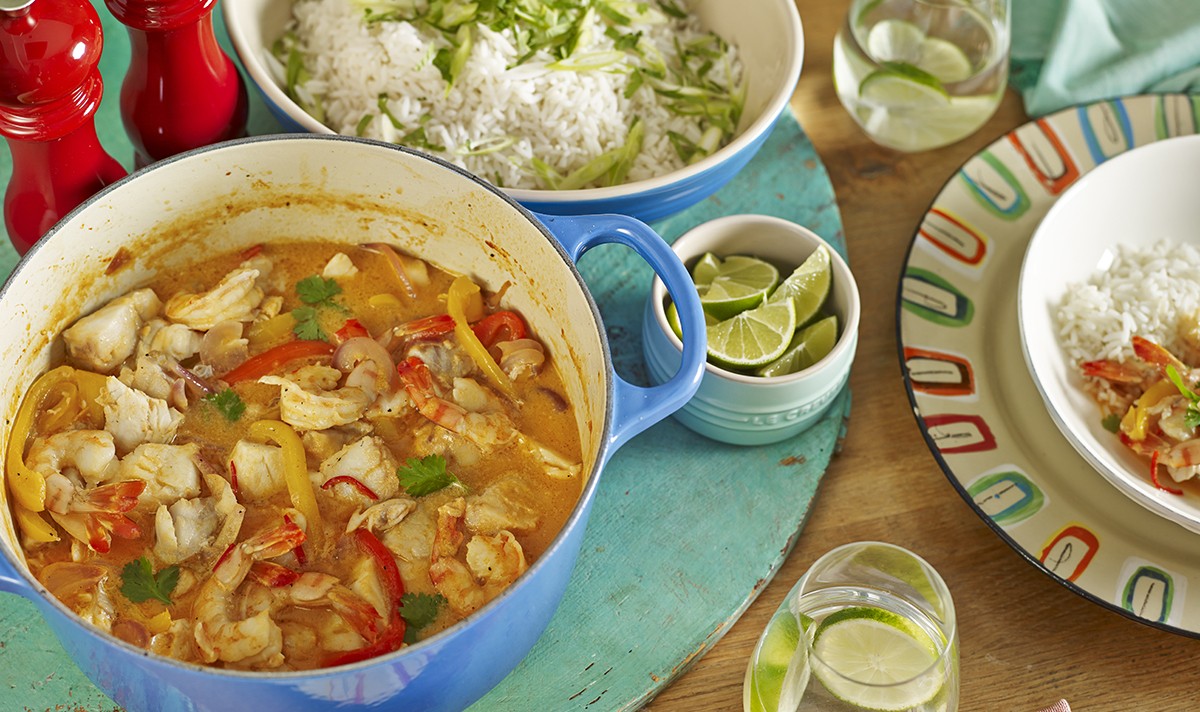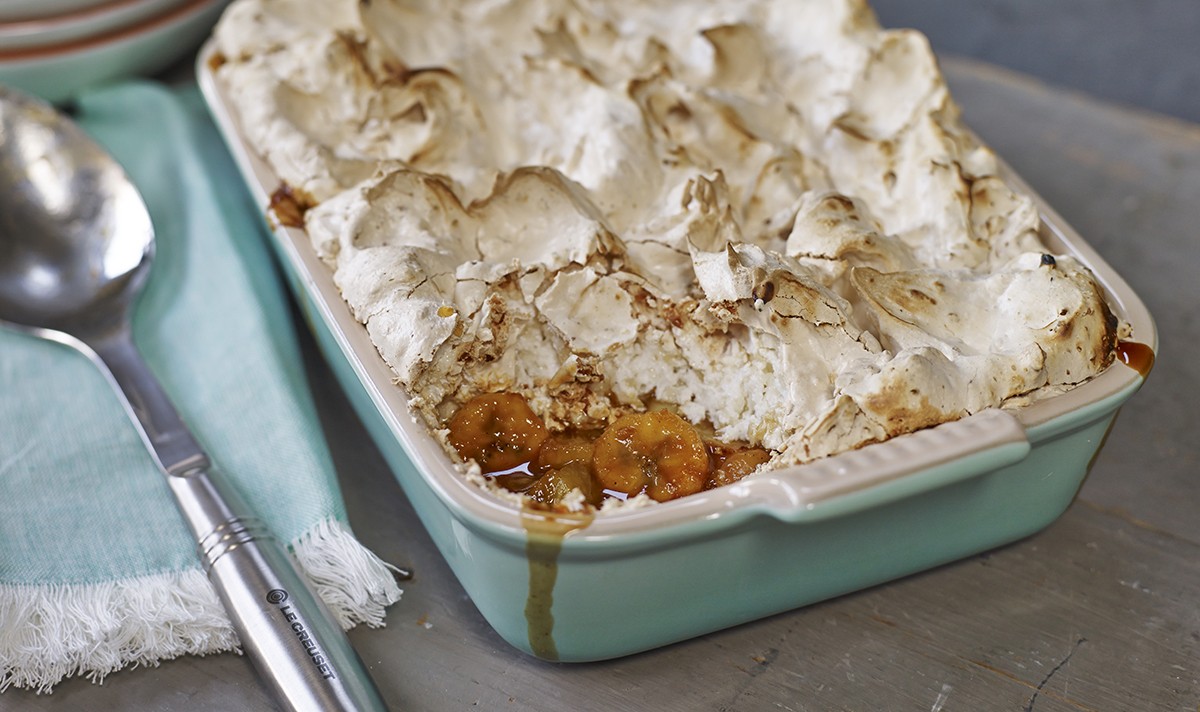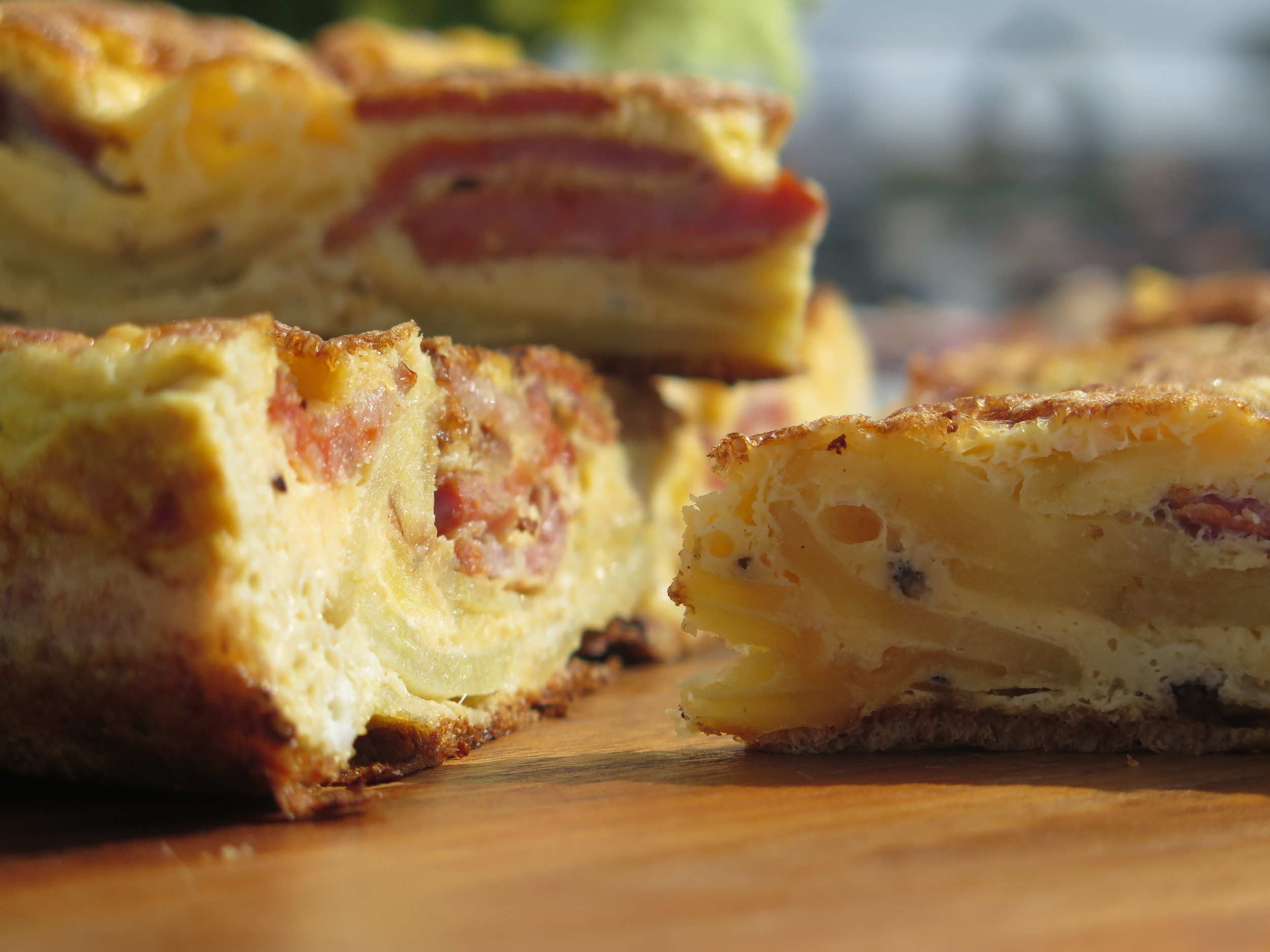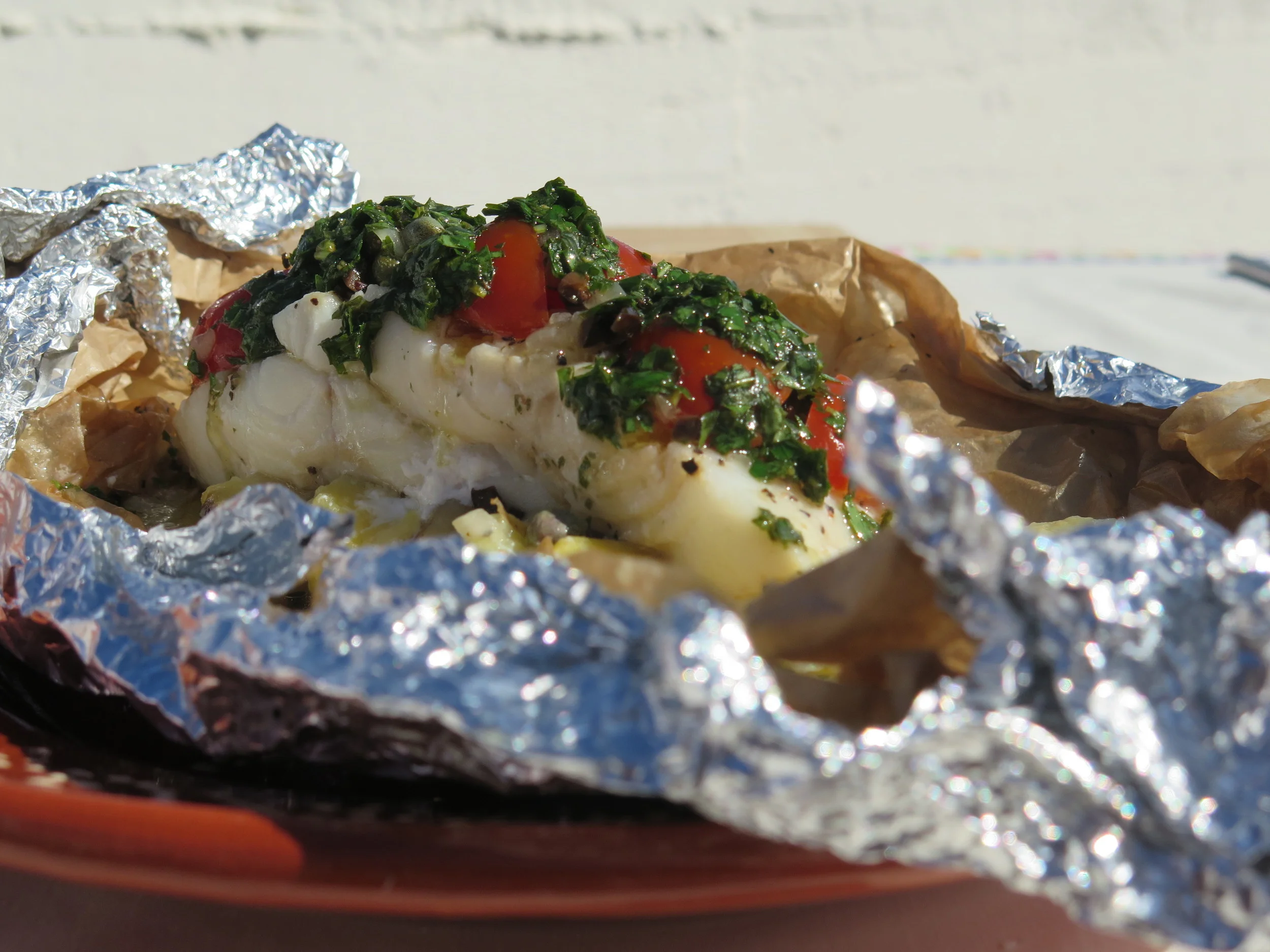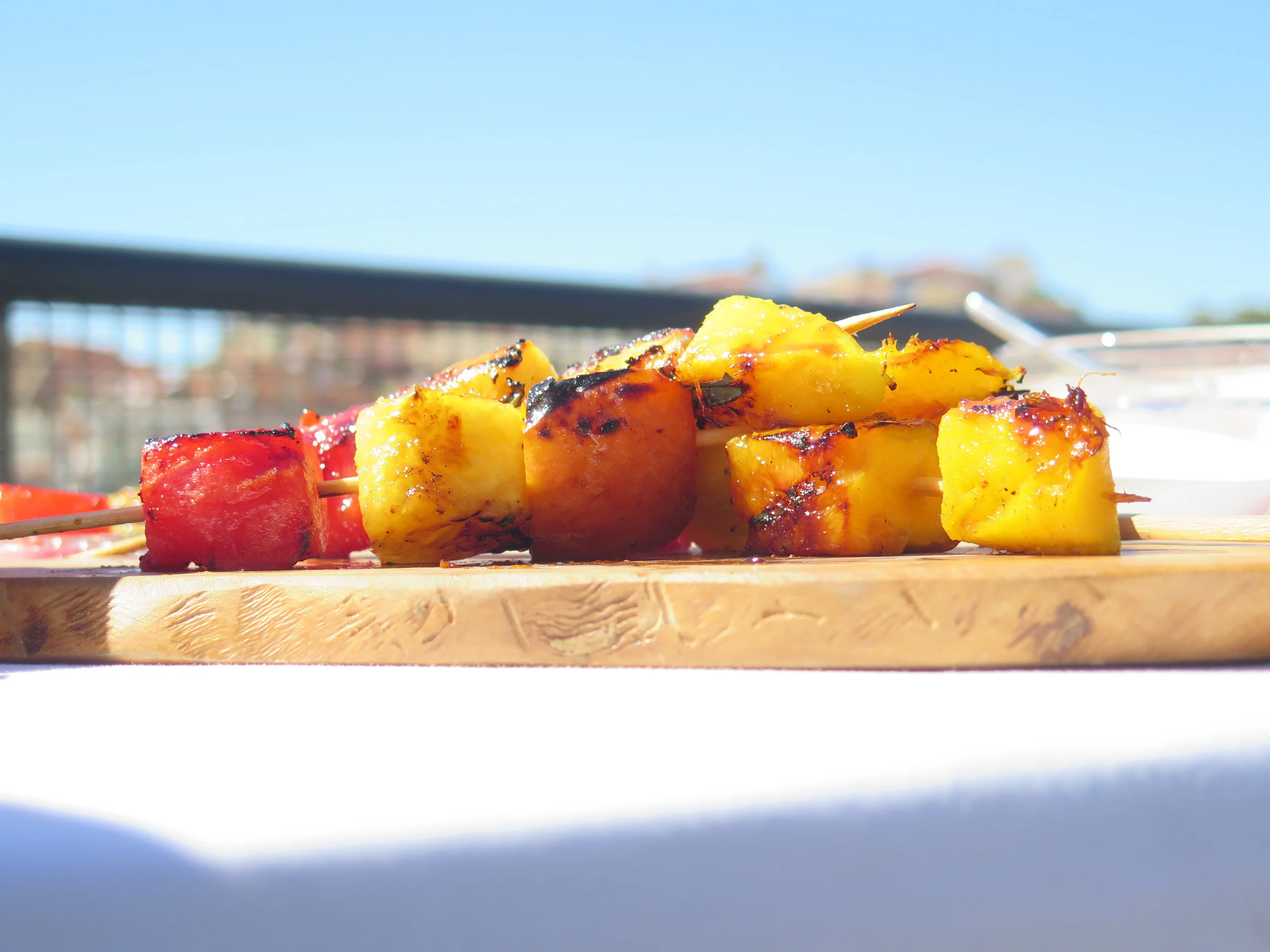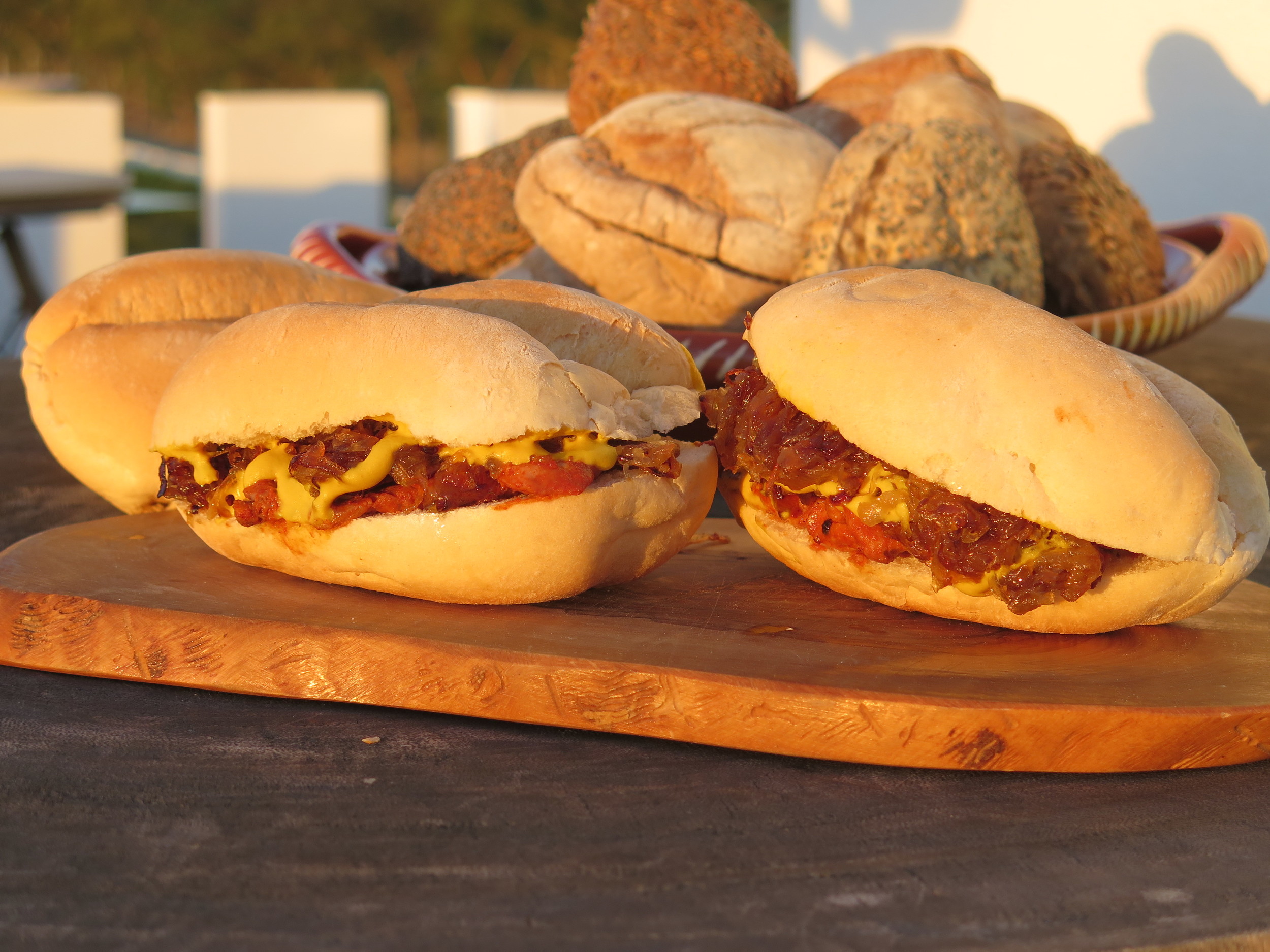Feijoada
Andy Bates
Originally from Portugal, Caldo Verde, is a quick, no-fuss dish that has long been a family favourite because of its simple ingredients and delicious flavours. It is a cross between a soup and a stew as it includes large chunks of sausage and vegetables.
Serves 4
INGREDIENTS
- 2 tablespoons mild olive oil
- 600g smoked sausages, cut into large pieces
- 2 banana shallots, finely chopped
- 4 garlic cloves, crushed
- 1 tablespoon white wine vinegar
- 800g waxy potatoes (Charlotte or Anya) cut into quarters, lengthways
- 500-600ml good chicken stock
- 200g kale, washed, tough stems removed and cut into 1cm shreds
- Salt and pepper
METHOD
Heat the oil in the casserole on a medium heat setting, add the sausages, seal and cook for 3-4 minutes until caramelised. Remove with a slotted spoon and set aside.
Add the shallots and garlic to the remaining oil in the casserole and fry gently for 5 minutes. Add the white wine vinegar and cook for a further minute.
Add the potatoes and cook for 5 minutes.
Return the sausages to the casserole, along with any resting juices and the chicken stock. Bring to the boil and simmer for 10 minutes until the potatoes are cooked. Stir the potatoes to break up a little in the stew.
Finally, add the kale and cook for 5 minutes and season with salt and pepper to taste.
Cook's Notes
If preferred, use good quality pork sausages as an alternative to smoked.
If made one or two days in advance the flavours will intensify. Keep chilled until needed.
To keep the leaves a vibrant green, do not cook the kale for more than 5 minutes.
For a vegetarian alternative replace the sausage with a 400g can of white beans, such as cannellini, and use vegetable stock.
